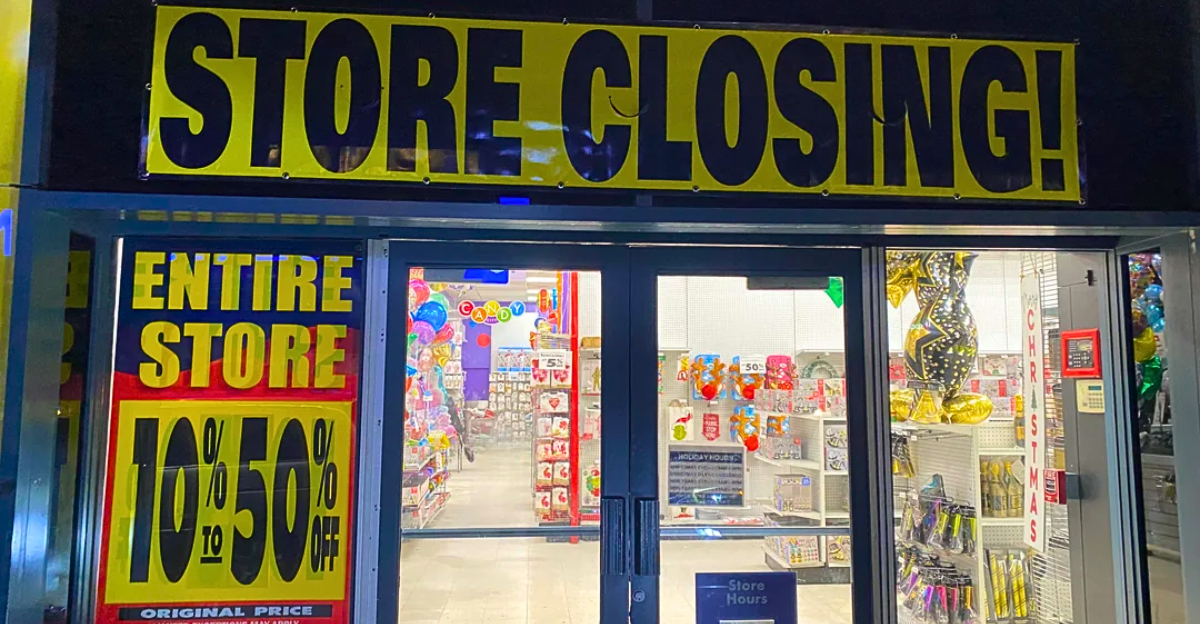
Sadly, across the United States, an era has come to an end. Celebrations, graduations, and holiday plans were thrown into disarray as the nation’s go-to source for party supplies suddenly closed its doors. Now, shelves stand barren while doors are locked, right before families rush to prepare for the season’s busiest celebrations.
In hundreds of towns across America, employees and customers are suddenly left reeling, wondering how the heartbeat of American parties could vanish so suddenly. This isn’t just the collapse of a store; it’s the disruption of cherished traditions, and the quiet end of an institution that helped create joyful memories for generations.
Forty Years
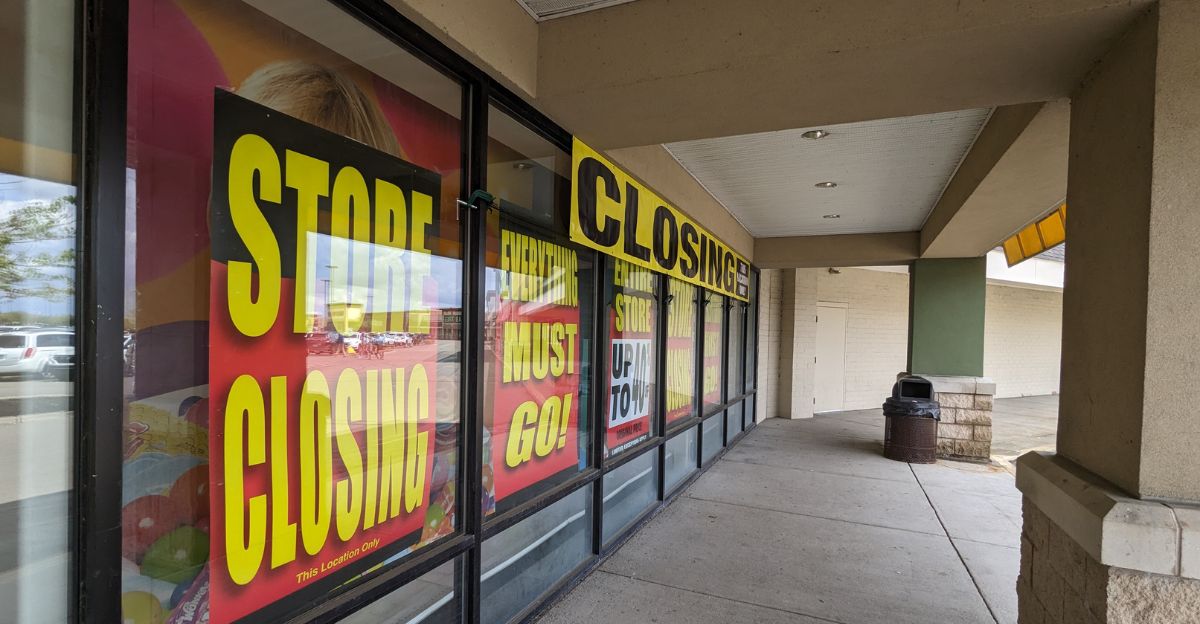
For almost forty years, this incredible chain was a massive part of American culture. Its sudden closure left little time to prepare: employees were suddenly left without work, loyal customers found locked doors, and once-bustling stores now sit eerily quiet.
What could possibly bring down an institution so deeply embedded in America’s culture of celebration? As major holidays are just months away, what will this loss mean for communities who counted on it to help bring their traditions to life?
Around Since the 1980s

This popular retailer was founded during the 1980s boom in themed entertainment. For decades, it rode high on a wave of school dances, birthdays, and family events. However, what no one knew was that it was under serious pressure due to reduced foot traffic, changing shopping habits, and relentless online competition.
The Pandemic
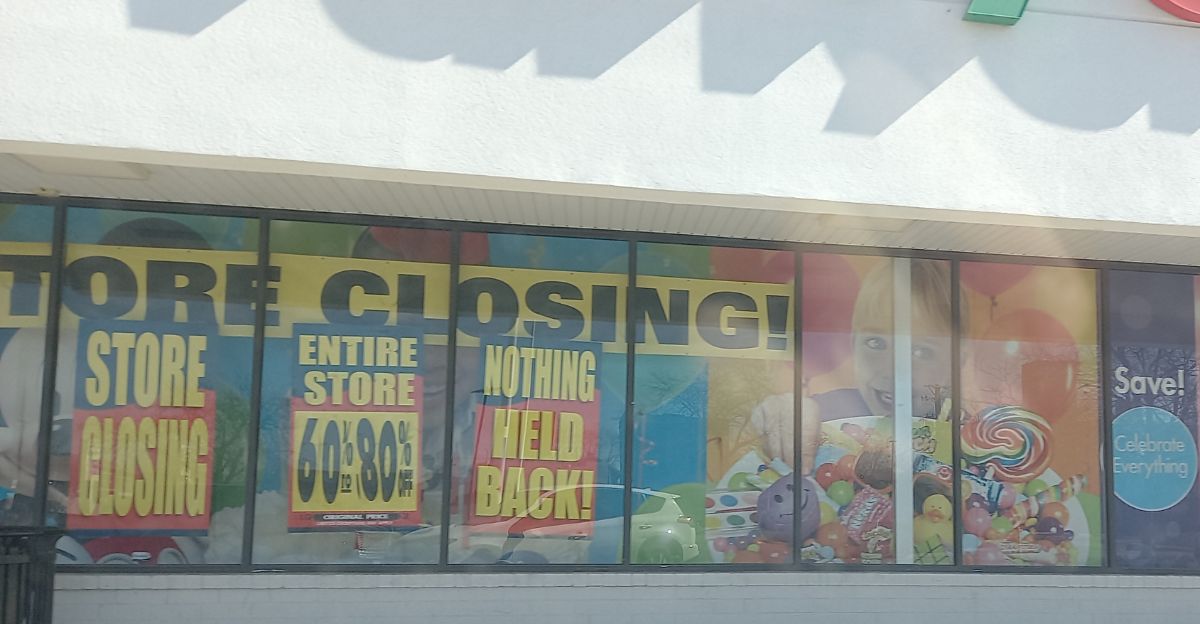
The pandemic delivered a devastating blow as parties were canceled, inventory sat untouched, and debt soared into the billions. Prices for essential items like helium skyrocketed. Meanwhile, online retailers and big-box competitors stepped in, grabbing market share. Despite efforts to restructure, the chain’s future looked increasingly precarious, hidden in optimistic press releases.
Party City
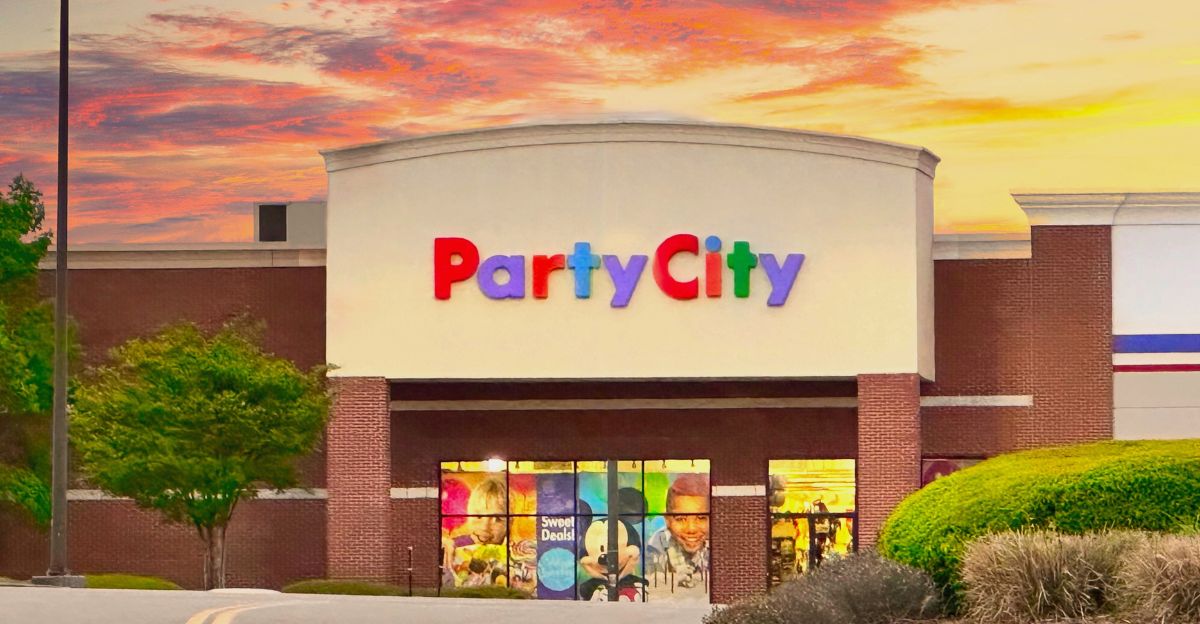
But what chain is it? The beloved Party City announced that it would be closing 850 stores, laying off 16,500 people. For nearly forty years, this store was America’s “celebration headquarters.” But now, millions of people need to find new ways to mark life’s milestones without the brand that has always made parties easy and memorable.
More Than A Retail Space
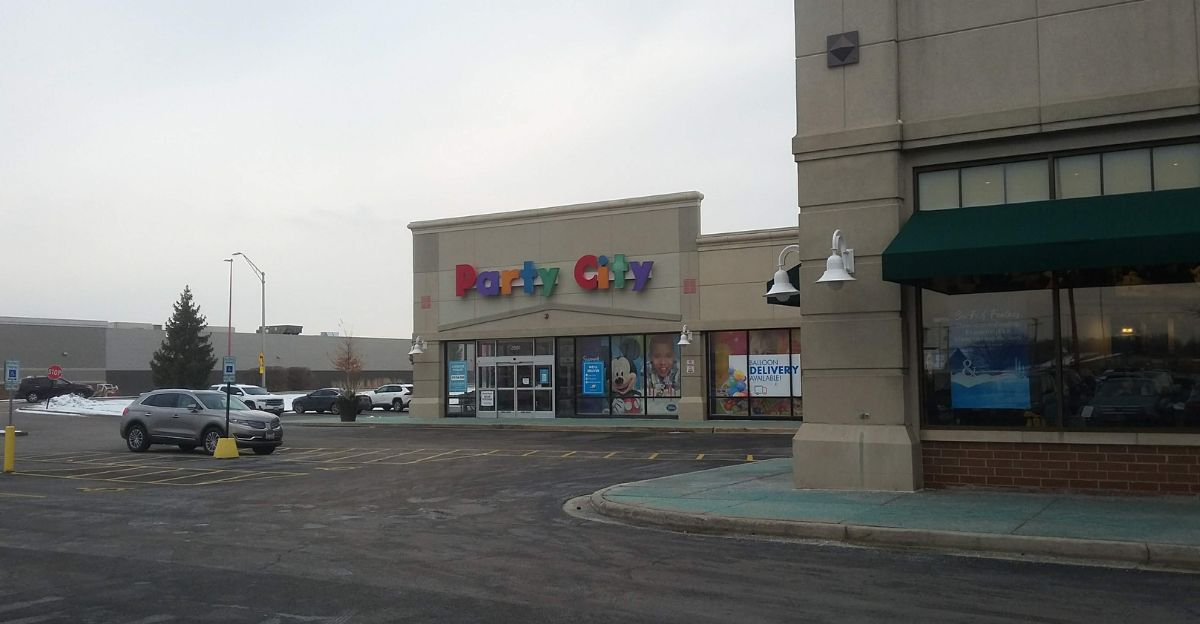
Hundreds of communities across America have lost so much more than just a retail space; they have lost the one shop that fueled their school events and family traditions. Now, small businesses and local planners must find new ways to source party essentials. In many towns, the closure leaves a massive hole in how residents gather and celebrate.
Emotional Shock

Employees have come forward to talk about the emotional shock and devastation caused by these closures. Most were informed through group emails or video calls. For many, it wasn’t just a job; it was their children’s birthday memories and their neighbors’ wedding showers. Now, thousands of people are left with bills and no clear path forward.
Competitors

At the moment, competitors like discount chains and fast-shipping e-commerce players are scrambling to fill the void left by this favorite store. Aggressive marketing campaigns are now aimed directly at customers who have been left in limbo. Industry insiders have reported a scramble for alternative suppliers and a surge of new local pop-ups hoping to catch displaced demand as America’s party ecosystem rapidly reshuffles.
An Uncertain Future
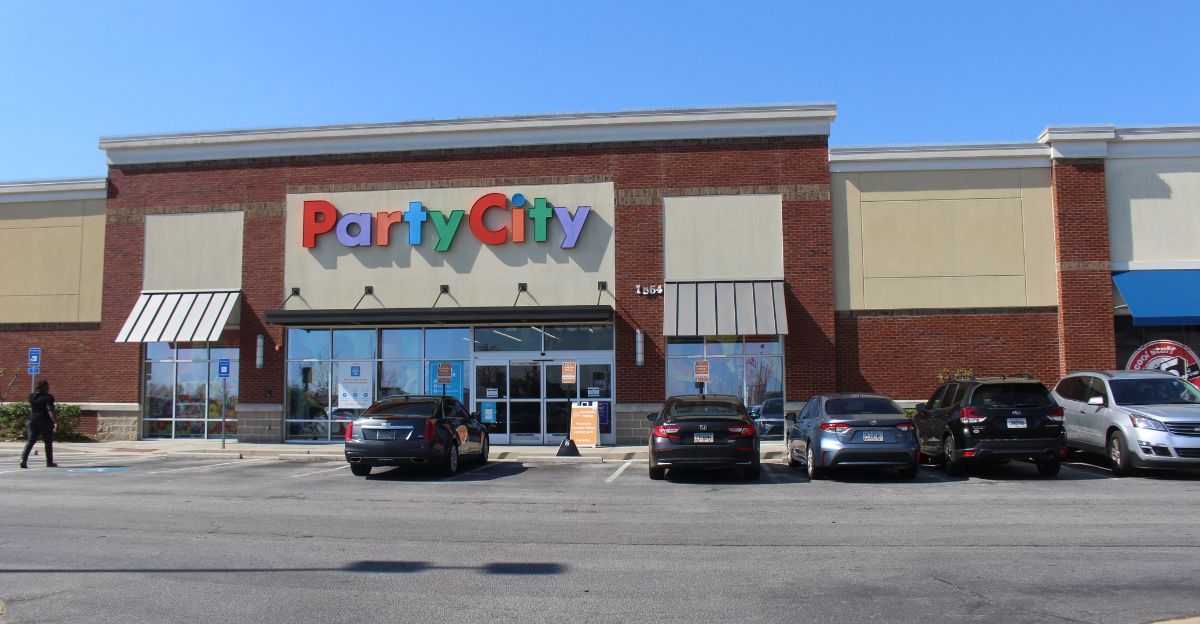
Commercial real estate listings surged as 850 storefronts hit the market almost overnight. Vendors are now left grappling with unpaid invoices and unsold inventory, while local event planners brace for rising costs and fewer options for their clients. The impact stretches far beyond the retail sector, disrupting the very rhythm of community celebrations and casting uncertainty over the future of cherished local traditions.
A Red Flag
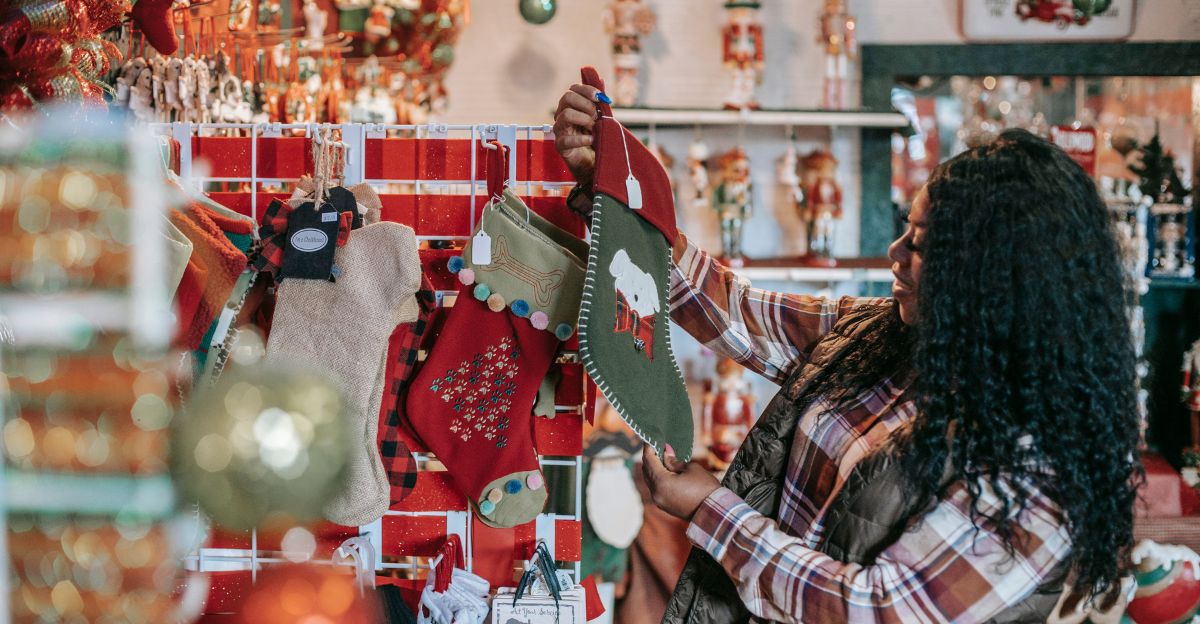
This store’s collapse is a red flag for all retail, showing that no specialty brand, even if it’s a market leader, is safe from shifting habits, high debt, and online disruption.
Mismanagement
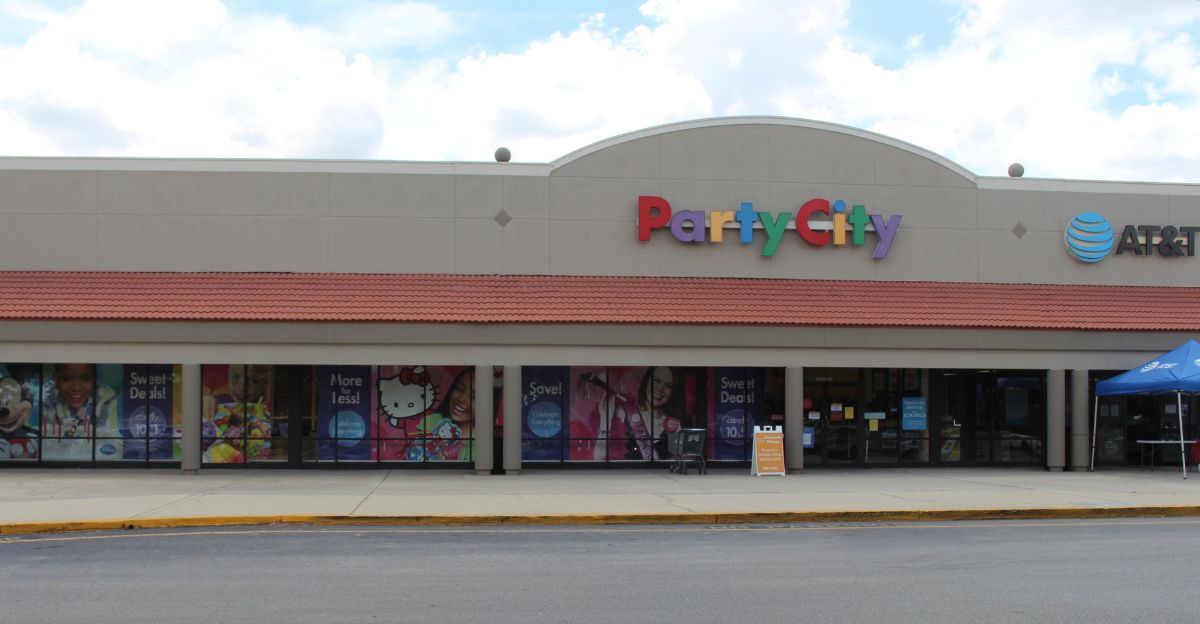
The CEO of the company has called the closures “heartbreaking,” admitting that rescue efforts failed to save the chain. Some former staff members and analysts have blamed mismanagement and opaque decision-making as contributors to the closures.
Completely Blindsided
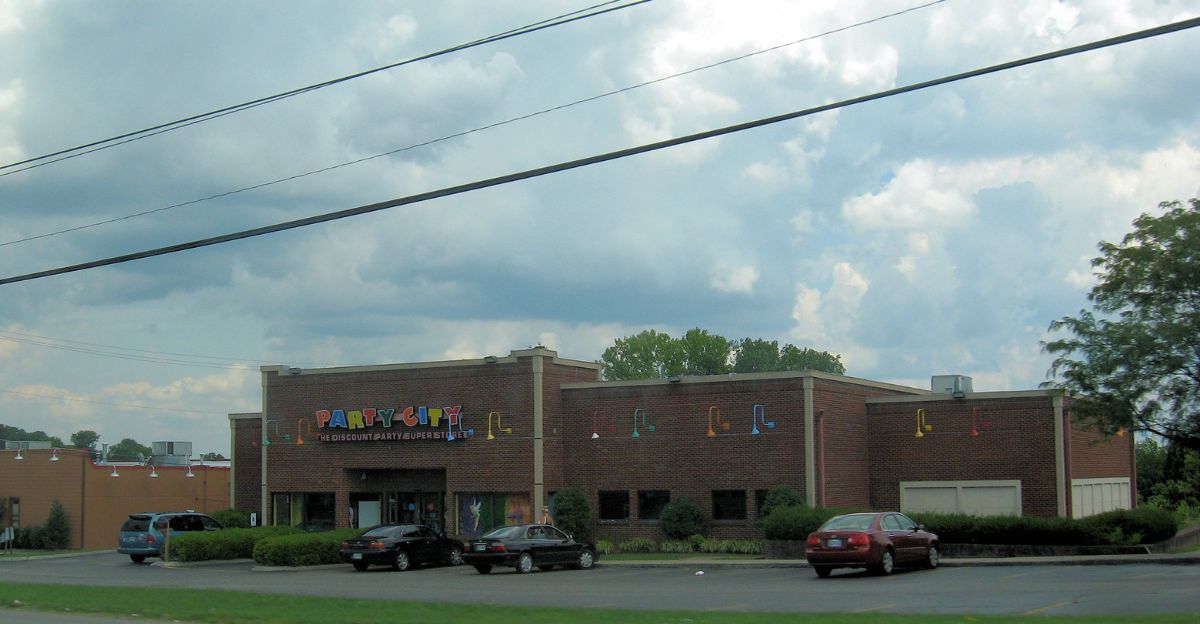
Many franchise owners and managers felt completely blindsided by these closures, with years of investment and unsold merchandise now sitting behind shuttered gates. With little to no advance notice, many now face financial instability and potential legal battles. Their personal losses are compounded by the uncertainty that now hovers over specialty retail businesses everywhere.
Newly Vacant Spaces
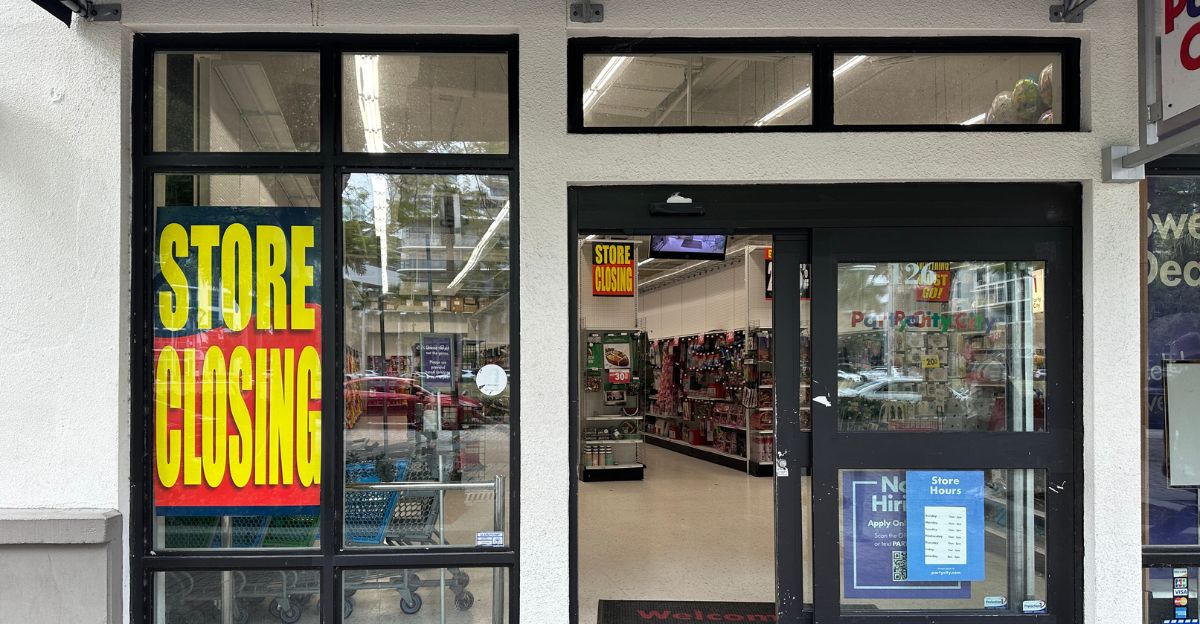
Shopping mall owners and discount giants are now rushing to repurpose these newly vacant spaces. While some see opportunity and new traffic, others are concerned about filling such large, specialized footprints.
Can They Survive?
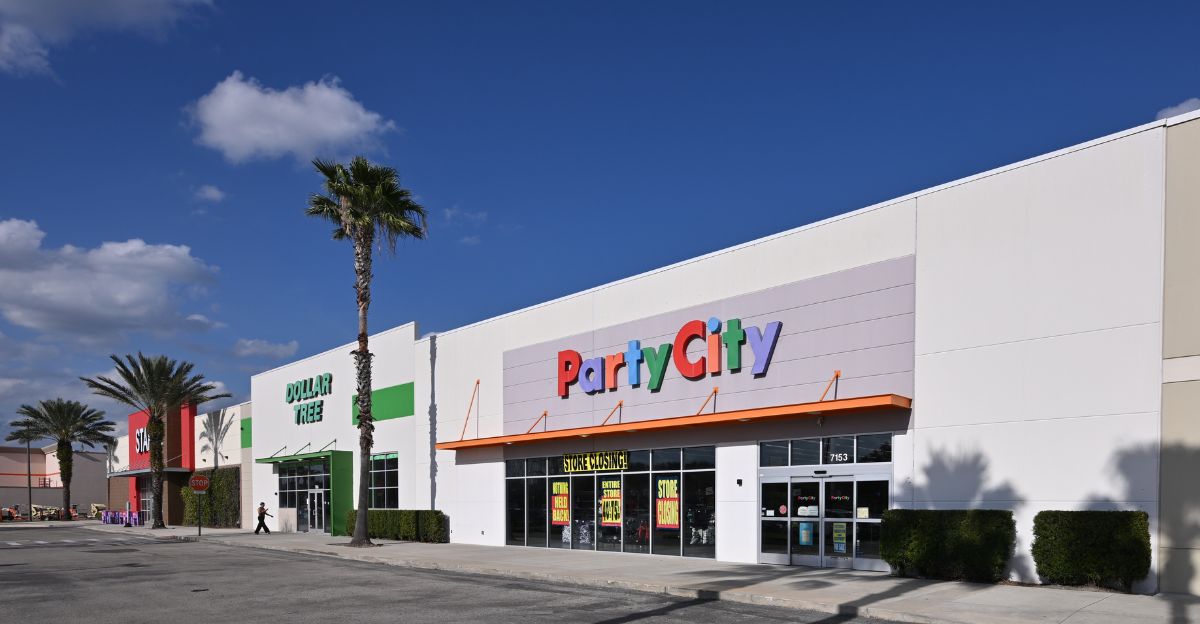
Analysts now wonder if any specialty retail chain will be able to survive without robust omnichannel options and low overhead. This chain’s downfall shows that, in today’s world, tradition alone isn’t enough. In today’s market, these stores require constant reinvention and nimble, digital-savvy strategies to avoid becoming the next casualty.
The Future
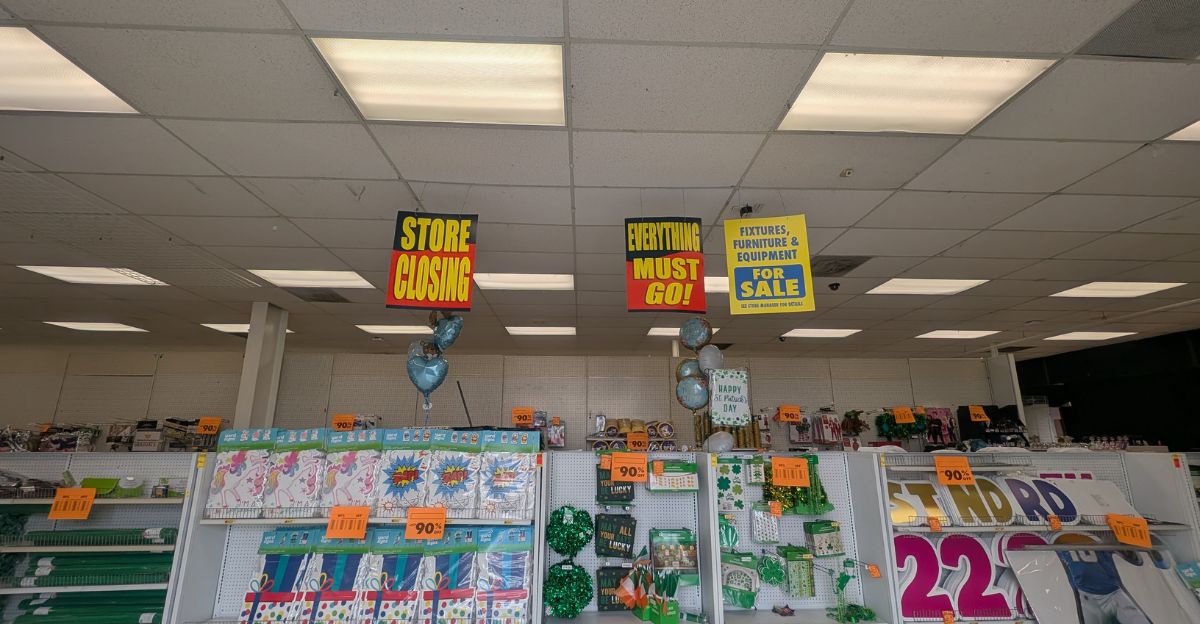
But now, the big question remains: where will thousands of families go for birthdays, graduations, and milestones? With towns now adjusting to a world without their party anchor, the future of celebration shopping is uncertain. Will a new giant come along, or will shopping for parties move online? For now, no one really knows.
